Understanding EPA Tier Ratings for Generator Emissions: 4 Drawbacks to Tier 4
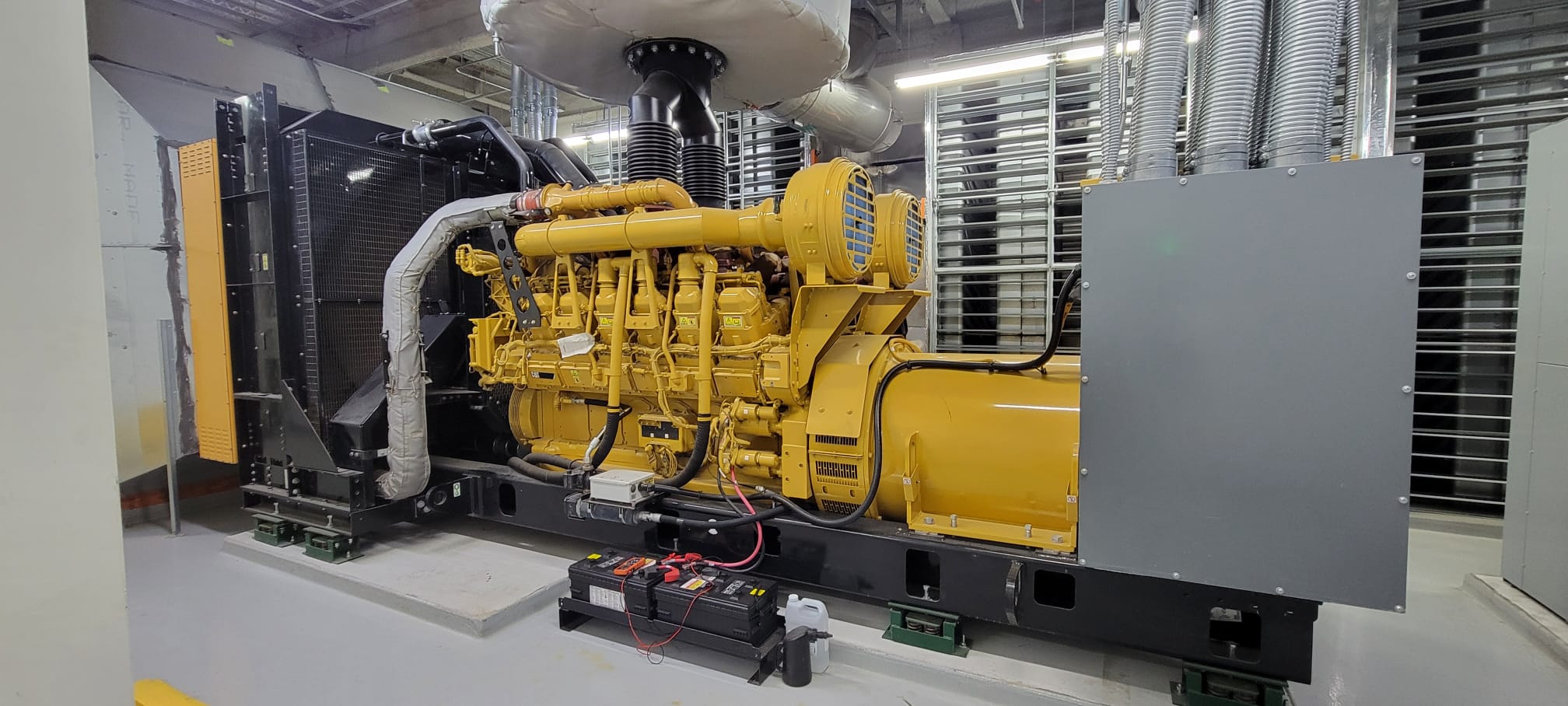
When choosing a commercial or industrial generator, one crucial specification that often comes up is the EPA Tier rating. These ratings are set by the Environmental Protection Agency (EPA) to regulate generator emissions from non-road diesel engines, including those found in backup and prime power generators.
Whether you’re replacing an existing generator or installing a new system, understanding the differences between EPA tier ratings can help you make informed decisions that align with both environmental compliance and operational reliability.
Table of Contents
What Are EPA Tier Ratings?
EPA Tier ratings classify engines based on the amount of pollutants they emit, including nitrogen oxides (NOx), particulate matter (PM), carbon monoxide (CO), and hydrocarbons (HC). These regulations have evolved over time, with each new EPA Tier Rating representing a stricter limit on generator emissions.
Tier 1 (1996 – 2000) and Tier 2 (2001 – 2006)
- Basic emission controls compared to older, unregulated engines.
- Typically found in older generator systems still in operation today.
- Allowed higher levels of NOx and PM compared to current standards.
Tier 3 (2006–2008)
- Introduced advanced engine design modifications and better fuel injection systems.
- Lowered NOx and PM emissions significantly from Tier 2 levels.
- Still relatively common in standby applications where EPA restrictions are less rigid.
Tier 4 Interim (2008–2015)
- Added the use of technologies like exhaust gas recirculation (EGR) to further reduce generator emissions.
- Often a transitional step for manufacturers before implementing full Tier 4 Final systems.
Tier 4 Final (2016 – Present)
- Represents the most advanced and cleanest generator engines on the market.
- Uses Selective Catalytic Reduction (SCR), Diesel Particulate Filters (DPFs), and ultra-low sulfur diesel fuel to achieve near-zero generator emissions.
- Required for most new non-emergency generator installations.
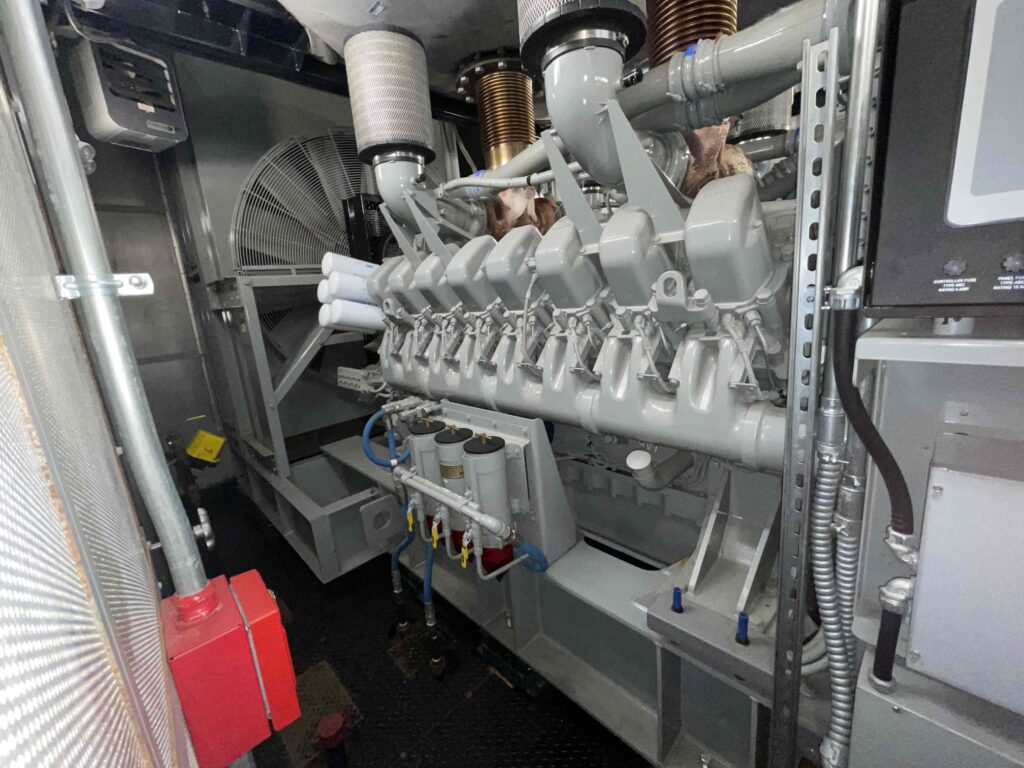
The Role of Diesel Exhaust Fluid (DEF) in Tier 4 Final Generators
Tier 4 Final generators often rely on Selective Catalytic Reduction (SCR) technology to meet the stringent emissions standards, and a key component of this system is Diesel Exhaust Fluid (DEF).
What is DEF?
DEF is a non-toxic, colorless solution composed of 32.5% urea and 67.5% deionized water. It is injected into the exhaust stream of a diesel engine equipped with an SCR system. When DEF is introduced into the hot exhaust gases, it breaks down into ammonia. This ammonia reacts with nitrogen oxides (NOx) in the SCR catalyst, converting them into harmless nitrogen gas and water vapor.
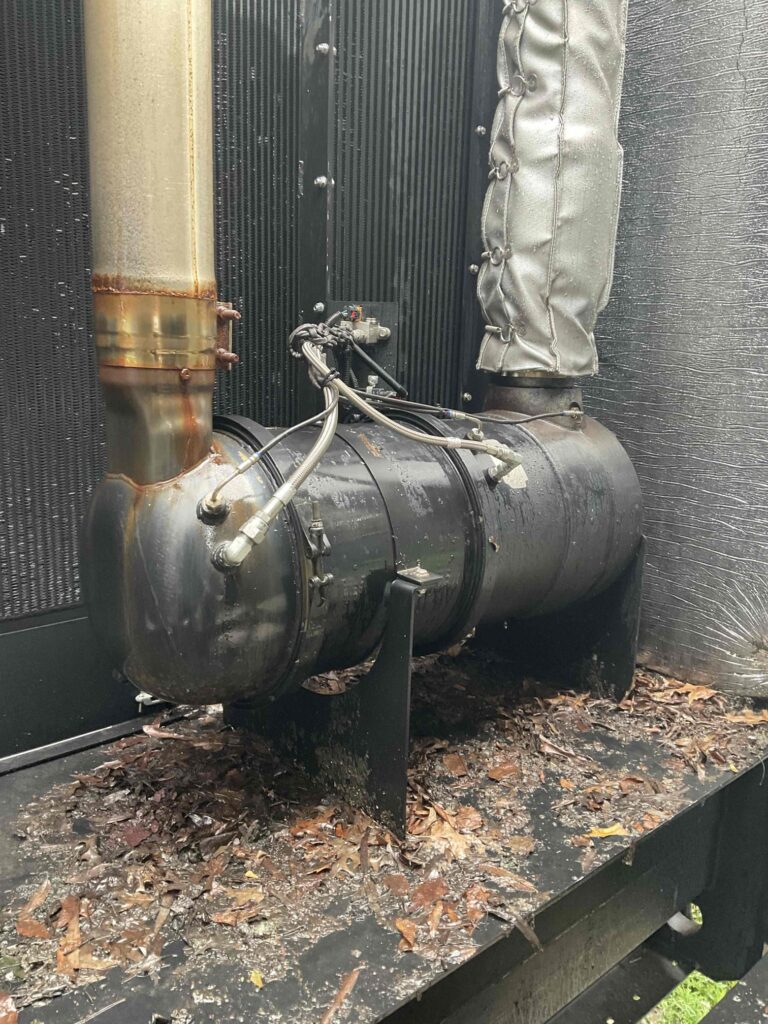
The Drawbacks and Challenges of EPA Tier Rating 4 Final Generators
While the environmental benefits of EPA Tier Rating 4 Final technology are significant, there are some operational and financial trade-offs to be aware of:
- Higher Upfront Cost
Tier 4 Final generators typically cost more than their Tier 2 or Tier 3 counterparts. The added cost stems from:- More complex engine and after-treatment systems
- Additional components such as Selective Catalytic Reduction systems (SCR), Diesel Particulate Filters (DPFs), and Diesel Exhaust Fluid (DEF) storage
- Increased Maintenance Requirements
With more advanced emissions systems come more maintenance tasks:- Monitoring and refilling DEF
- Cleaning or replacing particulate filters (DPFs)
- Managing sensors and electronics used in generator emissions control
- DEF Logistics and Storage
DEF must be stored at proper temperatures and used before its shelf life expires. This introduces another consumable that must be monitored alongside diesel fuel. - Potential Downtime
Because Tier 4 Final generators are dependent on generator emissions control systems, failures in components like sensors, DEF heaters, clogged filters, or contaminated DEF can cause the generator to switch into reduced power mode or completely shutdown, especially problematic during critical outages.
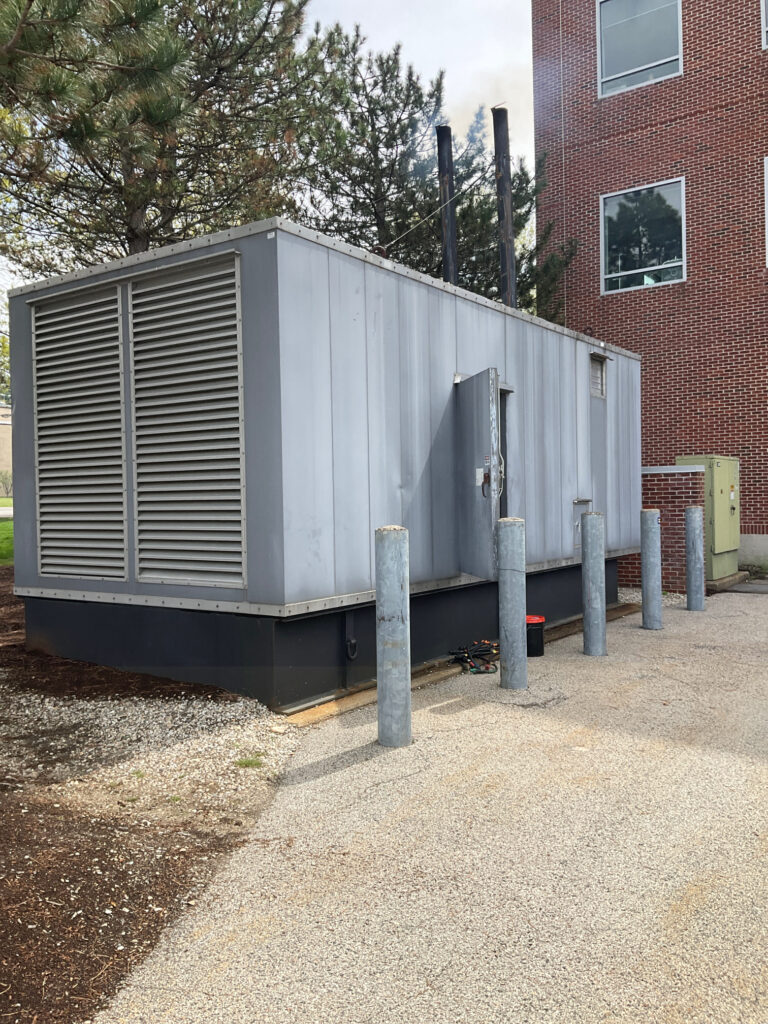
Are Existing Generators Grandfathered In?
Yes, in most cases, existing generators are grandfathered in. That means if a generator was installed and permitted before Tier 4 Final standards went into effect (generally between 2011–2015 depending on engine size and application), it can continue to operate under the rules in place at the time it was installed. They are subject to operational limits (run-hour caps) and may require recordkeeping or generator emissions testing, depending on how they’re used.
When grandfathering might not apply:
- Change of use (e.g., switching from emergency standby to a regularly scheduled or prime power application).
- If you’re replacing an existing generator and pulling a new permit, you may be required to meet current EPA standards, even if the prior system was exempt.
- Relocating a generator to a new facility or site.
- Major engine modifications that increase generator emissions output.
- Any new generator that is not classified as emergency standby, or that will operate as prime or non-emergency standby power, must comply with Tier 4 Final standards.
- Local air districts or municipalities may have stricter rules than the federal baseline and could require upgrades or retrofits, especially in non-attainment zones (areas with poor air quality).
Emergency vs. Non-Emergency Use
It’s important to note that emergency standby generators are generally exempt from Tier 4 requirements, as long as they are only used during power outages or for limited maintenance/testing. Prime power or non-emergency standby generators must meet the applicable Tier 4 Final standards.
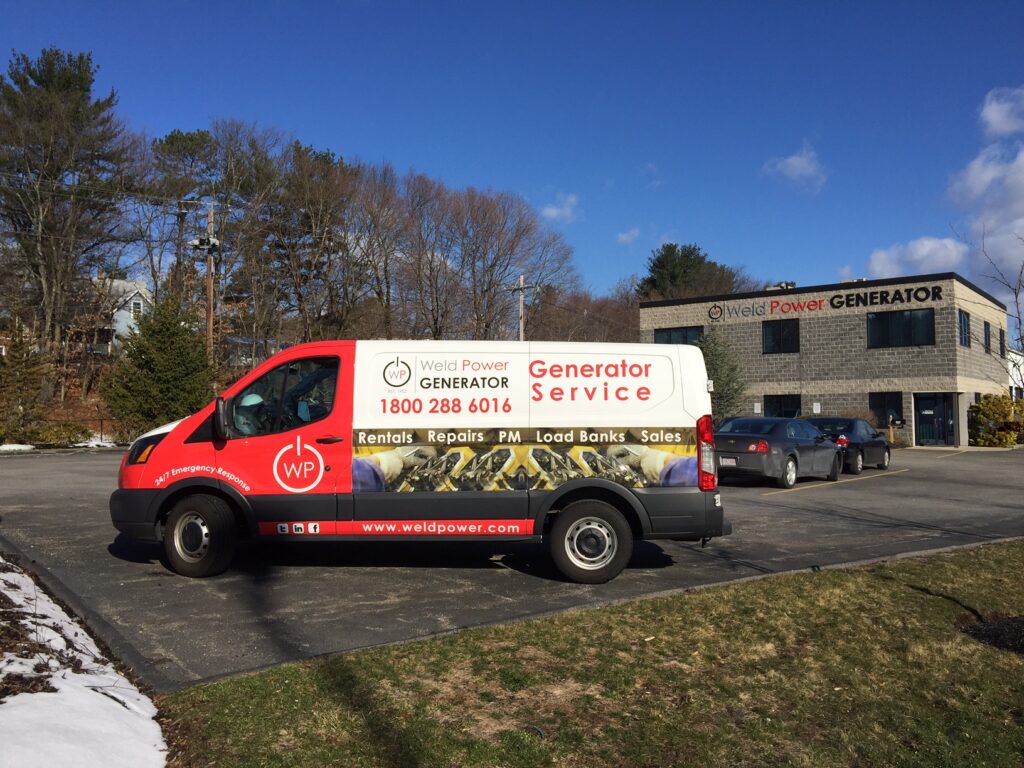
How Weld Power Generator Can Help
Weld Power understands the complexities of EPA Tier compliance and offers turnkey generator solutions tailored to your specific operational and regulatory needs. Here’s how we support you:
- Expert Guidance: We help you determine whether your application qualifies for emergency exemption or needs to meet Tier 4 Final standards.
- Generator Replacement & Installation: Wide selection of new commercial generator options across multiple manufacturers
- Maintenance & Support: Our technicians are trained to maintain Tier 4 Final systems, including DEF monitoring, DPF servicing, and generator emissions system diagnostics—helping you avoid costly downtime.
- Repair or Replace Evaluation: Help you determine if it is better to overhaul your existing generator or replace your generator.
Whether you’re navigating regulations or seeking a compliant and reliable generator setup, Weld Power Generator is your trusted partner. Contact us today!
